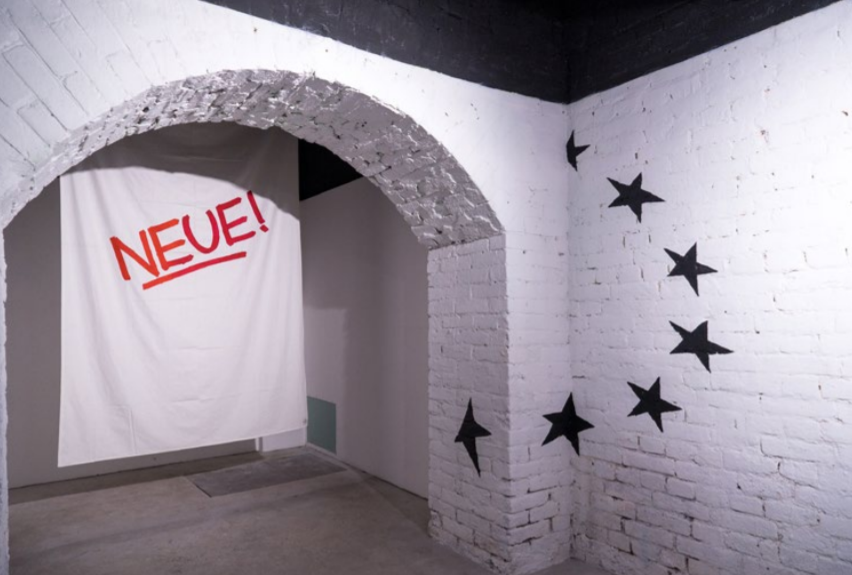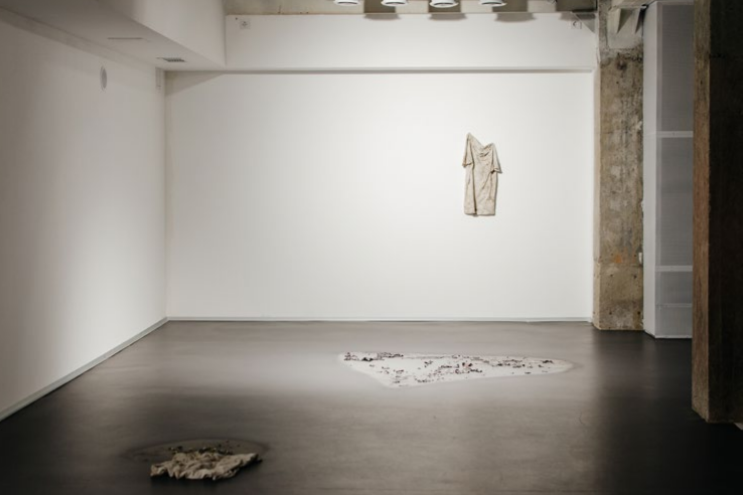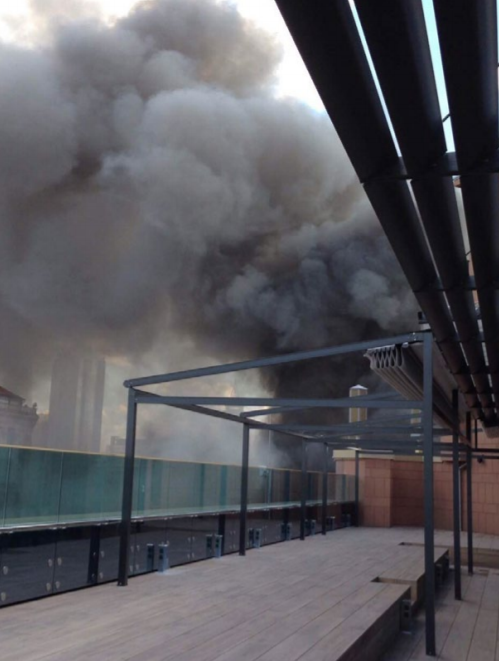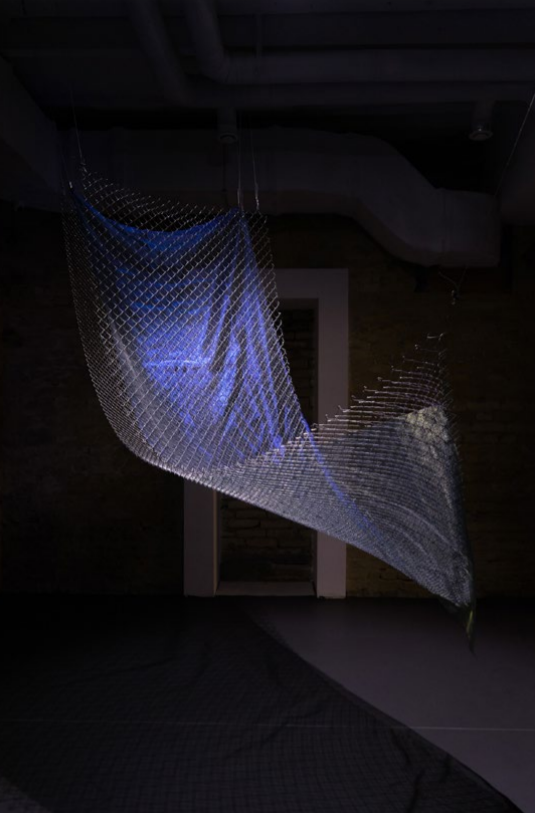



10 November - 27 November, 2017
Bursa Gallery (Kyiv, Ukraine)
Artists:
Mishka Bochkarёv
Maria Gorodeckaya
Sergei Nikitin
Ihor Okuniev
Anna Ročňová
Kirill Savchenkov
Aleksei Taruts
Vova Vorotniov
Yarema Malashchuk and Roman Himey
Press:
The image of rave, buried in the late nineties, was recently resurrected, now far more to the East than the eastern part of Berlin. Kyiv was proclaimed one of its sanctuaries, where the rave was discovered by western pilgrims, together with a riot, square democracy and everything that is supposed to exist to the north of the Wall. The New East, the new politicopoetic formation of freedom and vital energy, became a reference point for those seeking life outside the fortress of the old world. Dance, Dance, Dance, a research exhibition on techno-rave renaissance and its effects, focused on the political cartography of youth cultures, the mythologization of the vast space outside the EU and the production of a new territory-based concept of the New East trying to encompass the former Soviet states and countries of the Warsaw Pact. Tracking down the self-proclaimed “new Berlins”, the exhibition took a look at the dance scene as a luminous symptom of social and political processes outside the narrowly defined Europe.
10 November - 27 November, 2017
Bursa Gallery (Kyiv, Ukraine)
Artists:
Mishka Bochkarёv
Maria Gorodeckaya
Sergei Nikitin
Ihor Okuniev
Anna Ročňová
Kirill Savchenkov
Aleksei Taruts
Vova Vorotniov
Yarema Malashchuk and Roman Himey
Press:
The image of rave, buried in the late nineties, was recently resurrected, now far more to the East than the eastern part of Berlin. Kyiv was proclaimed one of its sanctuaries, where the rave was discovered by western pilgrims, together with a riot, square democracy and everything that is supposed to exist to the north of the Wall. The New East, the new politicopoetic formation of freedom and vital energy, became a reference point for those seeking life outside the fortress of the old world. Dance, Dance, Dance, a research exhibition on techno-rave renaissance and its effects, focused on the political cartography of youth cultures, the mythologization of the vast space outside the EU and the production of a new territory-based concept of the New East trying to encompass the former Soviet states and countries of the Warsaw Pact. Tracking down the self-proclaimed “new Berlins”, the exhibition took a look at the dance scene as a luminous symptom of social and political processes outside the narrowly defined Europe.



